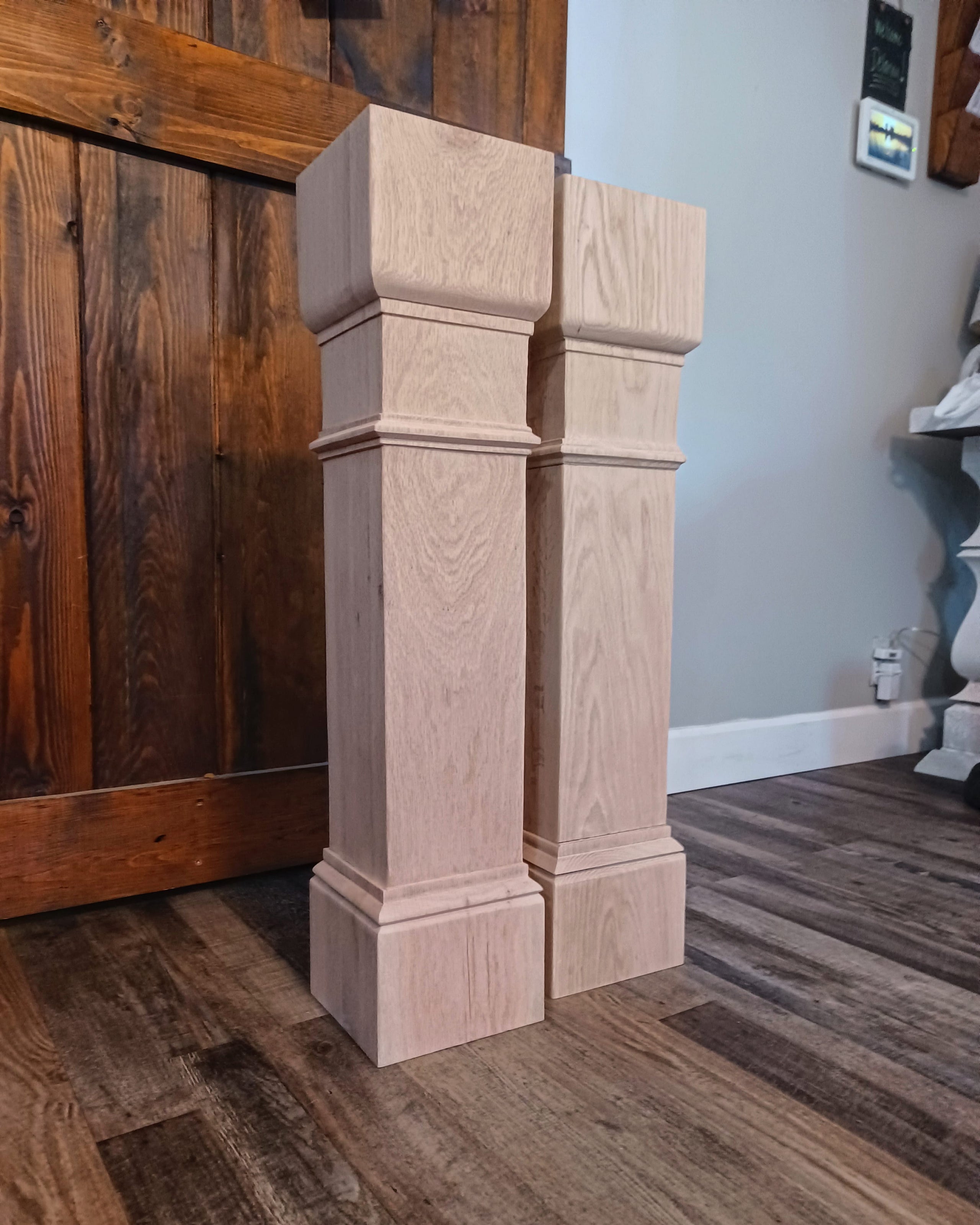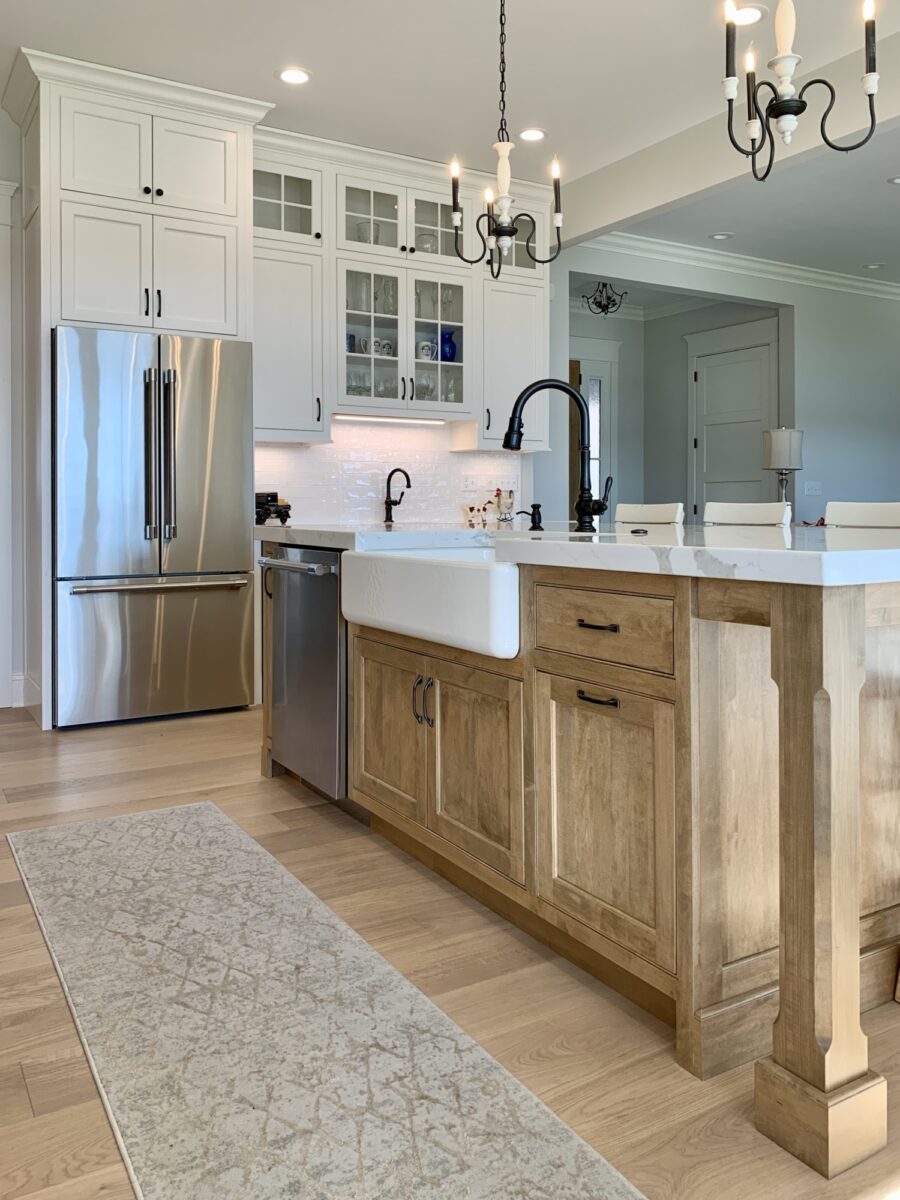Discover Affordable and Chic Solutions in Legs For Kitchen Island Updates
Discover Affordable and Chic Solutions in Legs For Kitchen Island Updates
Blog Article
A Guide to Picking the Perfect Legs For Kitchen Island for Your Home
Choosing the excellent legs for your cooking area island is a nuanced choice that influences both the performance and visual charm of this main room. Aspects such as height, materials, and design play an essential function in balancing your island with the total cooking area layout. Furthermore, recognizing the significance of security and upkeep can considerably influence your option. As you take into consideration these elements, it ends up being obvious that the appropriate legs can change not just the appearance of your kitchen area but additionally its functionality for many years ahead. What certain functions should you prioritize in this option process?

Recognizing Cooking Area Island Legs
When picking legs for a cooking area island, it's vital to recognize their useful and aesthetic functions in the total design. The legs function as an essential support system, making certain stability and durability for the island, which often operates as a work area, dining location, or gathering area. For that reason, the selection of material and building strategy should be robust enough to stand up to daily usage and potential wear.
In enhancement to their architectural obligations, legs contribute dramatically to the island's aesthetic appeal. They can improve the cooking area's style, whether with typical, contemporary, or eclectic styles. The height and percentage of the legs are likewise important considerations; they should harmonize with the island's kitchen counter elevation while making certain comfy seating for those using the space.
Furthermore, the leg design can influence the total circulation of the cooking area. Open, airy leg styles can create a sense of lightness, while solid, considerable legs may share a more grounded and steady visual - Legs For Kitchen Island. Comprehending these aesthetic and functional aspects will certainly guide home owners in making notified options that enhance their kitchen area's design and boost its usability
Popular Styles and Materials
The option of legs for a kitchen area island includes a variety of popular styles and products, each offering one-of-a-kind attributes that can improve both performance and aesthetics. Among one of the most desired styles are contemporary, rustic, and standard. Contemporary legs typically feature streamlined, minimal styles that highlight simplicity and clean lines, making them optimal for modern kitchens. Rustic styles, on the other hand, welcome all-natural elements and typically showcase reclaimed wood or distressed surfaces, adding warmth and beauty to the space. Standard legs usually exhibit ornate details and workmanship, boosting traditional cooking area layouts.

Elevation and Stability Factors To Consider

Stability is one more essential factor to consider. The legs of the kitchen island should offer ample support, ensuring that the framework can endure everyday use without tottering or shifting. Product selection plays a considerable role in security; metal legs, for circumstances, have a tendency to offer greater stamina contrasted to timber. Furthermore, ensuring that the island is securely secured to the flooring or wall surface can boost stability, particularly for larger islands that may birth considerable weight.
Matching Your Cooking Area Visual
Choosing the best legs for your kitchen island surpasses performance; it also plays a considerable duty in the total visual of the area. When picking legs, think about the design style of your kitchen area. For a modern appearance, streamlined metal or minimalist layouts can create a clean, modern-day vibe. On the other hand, rustic or typical kitchen areas often gain from wooden legs with elaborate outlining or a distressed coating, boosting heat and personality.
Legs that enhance or contrast with your island's surface area and surrounding cabinetry can develop aesthetic harmony or striking focal factors. Additionally, take into consideration the finish of the legs; matte, shiny, or distinctive coatings can dramatically influence the general feeling of the kitchen.
Installation and Maintenance Tips
Installing kitchen island legs requires mindful focus to detail to guarantee both stability and visual appeal. Begin by choosing an ideal area for your island, guaranteeing it is degree and has ample room for motion. If you are attaching the legs to a wall surface or utilizing brackets for included assistance, use a stud finder to situate wall studs. Mark the placement of the legs accurately before exploration.
When protecting the get redirected here legs, use premium screws and, if essential, timber glue for added strength. For steel legs, ensure that you are using proper supports and tools to stop damage to your flooring. It is suggested to examine for levelness after installation, making modifications as required to stay clear of wobbling.
Upkeep is equally vital for durability - Legs For Kitchen Island. Consistently examine the legs for any go to website type of signs of wear or helping to loosen, particularly in high-traffic locations. Tidy the legs with an appropriate cleaner, preventing rough materials that may scrape the surface. For wood legs, take into consideration using a timber conditioner periodically to maintain their finish. By following these installation and upkeep suggestions, you can guarantee that your cooking area island legs stay both aesthetically attractive and practical.
Verdict
In verdict, picking the suitable legs for a cooking area island demands mindful consideration of elevation, stability, and aesthetic compatibility. By choosing suitable products and styles that straighten with the total kitchen layout, capability can be boosted while maintaining visual appeal. Correct installation and ongoing maintenance further add to the durability and long life of the cooking area island. Eventually, thoughtful leg selection plays a vital function in raising both the practicality and style of the cooking area space.
When picking legs for a kitchen island, it's important to recognize their practical and aesthetic duties in the total layout. Open, airy leg designs can develop a feeling of lightness, while solid, significant legs may communicate a more based and steady visual. The legs of the kitchen area island need to provide ample support, making certain that the framework can stand up to daily use without tottering or moving.Mounting cooking area island legs requires careful focus to detail to make certain both security and visual allure.In conclusion, choosing the suitable legs for a cooking area island requires careful factor to consider of height, stability, and visual compatibility.
Report this page